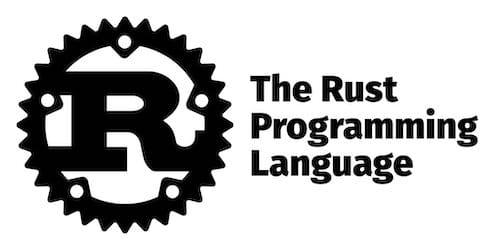How To Install Rust Programming Language on openSUSE

In this tutorial, we will show you how to install Rust Programming Language on openSUSE. Rust, a modern system programming language, is gaining popularity due to its focus on performance, safety, and concurrency. It‘s a language that offers the low-level control of C and C++ but with the added benefit of a strong static type system and ownership model, which helps prevent common programming errors like null pointer dereferencing and data races.
This article assumes you have at least basic knowledge of Linux, know how to use the shell, and most importantly, you host your site on your own VPS. The installation is quite simple and assumes you are running in the root account, if not you may need to add ‘sudo‘ to the commands to get root privileges. I will show you the step-by-step installation of Rust Programming Language on openSUSE.
Prerequisites
- A server running one of the following operating systems: openSUSE.
- It’s recommended that you use a fresh OS install to prevent any potential issues.
- You will need access to the terminal to execute commands. openSUSE provides the Terminal application for this purpose. It can be found in your Applications menu.
- You’ll need an active internet connection to download Rust and its dependencies.
- You’ll need administrative (root) access or a user account with sudo privileges.
Install Rust Programming Language on openSUSE
Step 1. First and foremost, we need to ensure that our openSUSE system is up-to-date. Open the terminal and enter the following command:
sudo zypper refresh sudo zypper update
Step 2. Installing Rust Programming Language on openSUSE.
Now, we are ready to install Rust. We will use rustup, which is an installer for the systems programming language Rust. Run the following command to download and install Rust:
curl https://sh.rustup.rs -sSf | sh
This command downloads a script and starts the installation process. Follow the on-screen instructions to complete the installation.
After the installation, we need to ensure that the ~/.cargo/bin directory is added to the PATH variable. This directory contains the Rust binaries that we will need to use. Update the current session with the following command:
source $HOME/.cargo/env
To confirm that Rust has been installed correctly, we can check the version of the Rust compiler, rustc. Run the following command:
rustc --version
If the installation is successful, this command will print the version of rustc that was installed.
Step 3. Create a Test Project.
Now that Rust is installed, let’s create a new Rust project to verify that everything is working correctly. We will use cargo, the Rust package manager, to create and manage our project. Run the following commands:
cargo new hello_world cd hello_world cargo build cargo run
These commands create a new Rust project named hello_world, build the project, and run it. If everything is set up correctly, you should see the message “Hello, world!” printed to the terminal.
Congratulations! You have successfully installed Rust. Thanks for using this tutorial for installing Rust Programming Language on your openSUSE system. For additional or useful information, we recommend you check the official Rust website.